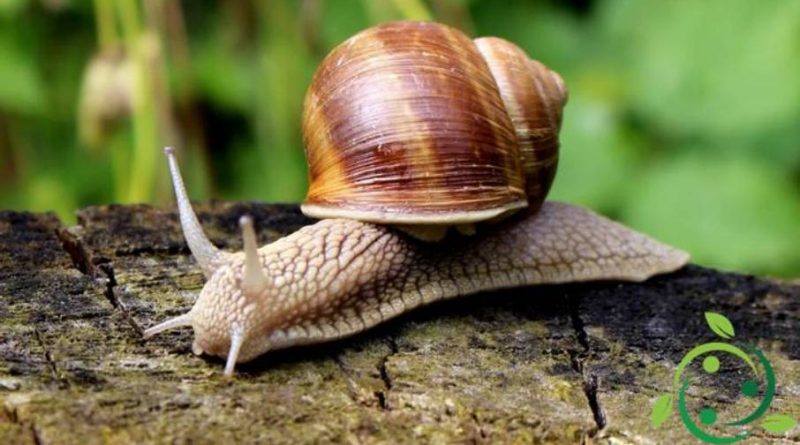How to create a small snail farm
How to create a small snail farm
Hiericulture is one of the fastest growing activities but to be able to make a good breeding of snails (both small and large) it is good to know a few but important rules. For small farms snails should be kept outdoors in enclosures without covers; in this way the most valuable snails are obtained. Outdoors (even if in a controlled environment) the snails live freely in their natural habitat, mate and generate other snails, respecting exactly their biological cycle. For this reason a special space must be created.
To start we remember that the snails are insufficient hermaphrodite and oviparous. During the good season, the snails produce spheroidal eggs (from 60 to 80), which sometimes break a few decimeters into holes deep, gathering them in irregular piles. From these eggs, after about 20-30 days, small snails are born (they survive on average 50%) already equipped with a rudimentary spiral shell.
To start you must make sure that your soil is not acid but preferably calcareous and provide the sowing of plants that will be nourished, clean and frequent irrigation of the same. Among the species to be planted we remember: broad-leafed beet (which give an excellent climate protection), rapeseed, rape, noodle cabbage, sunflower, Jerusalem artichokes, various salads and clover repens nano and periodically clean the small area from weeds. Never use disinfectants for helicopters (in spite of the reassuring indications of the packs). At this point we create two sections (with networks); one for breeding and one for fattening, specially divided by walkways for the care and inspection of the breeding. The breeding grounds should possibly be rotated so as not to generate impoverishment and fatigue of the same and, on the same, in addition to the rest should be made a small rotation with legumes. At the end of each production cycle, the ground must be milled, put to rest and then rotated with other species. Then you can resume another production cycle and so on.
For the dimensions of the enclosures we recommend a size of 50 for 1.80 to 2.00 meters. This fence must not allow the escape of the snails and the attack of predators. To do this you will create a barrier of at least 70-80 cm through a network (with small meshes) that will be buried at least 40-50 cm in the ground, fixed to the support poles to prevent the intrusion of moles and mice and folded towards the ‘internal to make the escape of animals impossible. An anti-hail net can also be useful to protect snails from birds.
After the deposition and the birth of small snails, the brood nuts can be removed because they have exhausted their task and can be taken for consumption while the small snails can be transferred into the fattening section for a couple of years until the shell it will not have reached 20-25 mm in diameter.
We remember that during their cycle the snails go through hibernation phases mainly due to cold or heat and / or lack of food.
For consumption follow then the normal procedures and times for purging and cleaning.

